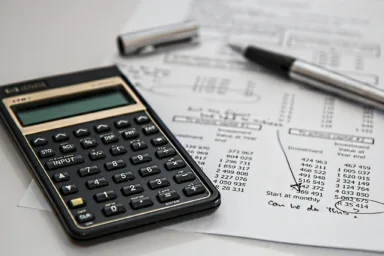In a major win for millions of Australians, the federal government has rolled out sweeping changes to the Higher Education Loan Program (HELP), including a one-off 20% reduction in student loan debt. This move is part of a broader effort to ease financial pressure on graduates and make repayments fairer and more manageable.
What’s Changing?
20% Debt Reduction
As of 1 June 2025, the Australian Taxation Office (ATO) will automatically apply a 20% cut to all eligible student loan balances. This includes:
- HECS-HELP
- FEE-HELP
- VET Student Loans
- Australian Apprenticeship Support Loans
- Student Start-up Loans
- Student Financial Supplement Scheme [1]
This reduction is calculated before indexation, meaning the 2025 indexation rate (3.2%) is applied to the already reduced balance [2]. For example, someone with a $27,600 debt will see $5,520 wiped, significantly lowering their repayment burden [3].
No Action Required
Borrowers don’t need to do anything. The ATO will process the reduction automatically, and eligible individuals will receive a text or email notification once it’s applied [4]. Most people will see the change reflected in their accounts by mid-November to mid-December 2025.
New Repayment Thresholds and System
Higher Income Threshold
The minimum income required to start repaying student loans has increased from $54,435 to $67,000 [5]. This means many low-to-middle income earners will no longer be required to make repayments until they cross this new threshold.
Marginal Repayment Rates
Repayments are now calculated only on income above the threshold, rather than the entire income. For example:
- Income between $67,000 and $125,000: 15% repayment rate
- Income above $125,000: 17% repayment rate [6]
This change ensures repayments are more proportional and less burdensome for those just above the threshold.
Why These Changes Matter
With over 3 million Australians carrying student debt, and 70% of them under 35, these reforms come at a critical time. Rising living costs, stagnant wages, and housing affordability challenges have made it harder for young Australians to get ahead. The government’s move to reduce debt and reform repayments is aimed at:
- Improving cash flow
- Reducing financial stress
- Helping first-home buyers qualify for loans
- Making the system fairer and more transparent
What Should You Do Now?
- Check your HELP balance via myGov to monitor changes.
- Hold off on voluntary repayments until the 20% reduction is applied, unless you have a specific reason to pay early.
- Update payroll systems if you’re an employer, to reflect new tax tables and repayment thresholds.
Final Thoughts:
This is a landmark reform that brings real financial relief to millions of Australians. Whether you’re a recent graduate or still studying, these changes could significantly impact your financial future.
References
[1] www.education.gov.au
[2] www.perks.com.au
[3] 7NEWS Australia
[4] au.finance.yahoo.com
[5] www.ato.gov.au
[6] cordner.com.au
Share this article:




